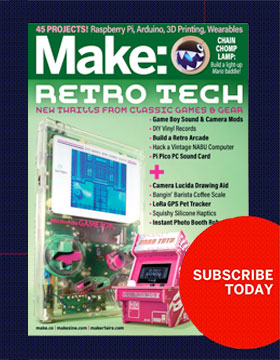
About 7 years ago I was given the honor of caring for the family violin. What I got was a neck (separated from the body), the body, and one tuning peg. This is an especially sensitive item because the name written on the inside holds the name Stradivarius, and came over with my family from France. Turns out it’s not a Stradivarius, but it’s estimated to be 100 years old. It’s also estimated to have been silent for about 80 years and no living Massie has heard it played
Rebuild Options
I investigated options to pay to have it repaired back to play grade, repaired enough to be an art piece, or just leaving it as is. It is a family heirloom so lending it out for someone to play was selfishly not attractive. Repairing with current parts would obfuscate what was part of the original and what is new. Finally, leaving busted up was just not cool.
At a later trip to the museum I saw the T-Rex had a bright white resin femur place holder unit they could get a real one. I assumed the stark contrast in color was to not confuse what was original and what was a replacement. I.D. Magazine also had an article some time ago about some Dutch students repairing damaged wood furniture with lime green plastic replacement parts inlaid with the originals.
These use cases inspired me to try replacing the parts in some type of acrylic or pop color plastic replacement.
Copying Remaining Tuning Peg
As a Milwaukee Makerspace member I felt the best solution would be to replace all the missing pieces in 3D prints based off original parts (scanned and/or measured out). I additionally chose white cause it stood out against the dark wood.
I measured out the Tuning Peg by hand, rebuilt in SketchUp and printed to a Makerbot Replicator for first run prototypes.
Scanning Like Pieces
Similar models of the tailpiece and the chin rest were purchased, sanded down, painted a flat brown and then scanned on a 3D scanner.
Once all pieces scans were complete, it was time to bring it all together. This was the easiest part, cause it just involved me handing someone a bag of money. Final edited STL’s were sent off to Shapeways to be printed and once returned all parts were taken to someone to be cleaned, assembled, strung and tuned.
Hang it on the wall
… till later generations wish to play it. Everything that is in place, in plastic, is able to be removed without any impact to the original device. Some day, down the line, we’ll expect to remove the plastic and replace with resonate friendly ebony and natural parts. For now it is an art piece of the visual style.
If you’re interested in more details, or finding the actual STL files for download, check out the blog entry at the Milwaukee Makerspace.
8 thoughts on “Reviving an Heirloom Violin With 3D Printing”
Comments are closed.
ADVERTISEMENT
Join Make: Community Today















This is excellent. Beautiful, transparent and reversible. Very nice.
But I do wonder whether you should try to keep it with the strings roughly in tune.
If you do, do it slowly. It has been years unstrung and the stresses could tear it apart: tension it lightly and allow it to settle, before slowly bringing it up to pitch over several weeks, if not months.
Great job, Mike!
This is impressive, in a way- but by making plastic parts instead of using newly made ebony and rosewood parts, what has he done, other than making an acoustically inferior instrument? Violins, like all members of the stringed instrument family, are continually being reworked, repaired, and refinished. Almost every Strad today has a non-original neck. Every old instrument is full of patches and splices. No old instrument has an original bridge- they have a limited life. While Massie’s intentions are good, he has taken something created to make music, and turned it into a piece of inert sculpture.
I’m ok with him turning it into an art piece… and everything he did is reversible if someone in his family wants to make it playable in the future.
Very interesting ! Thanks.
Question – if you apply a strong electric field to the extruder tip, can you create electret zones inside the printed material? If so, can you use them as integrated strain gauges or microphones?